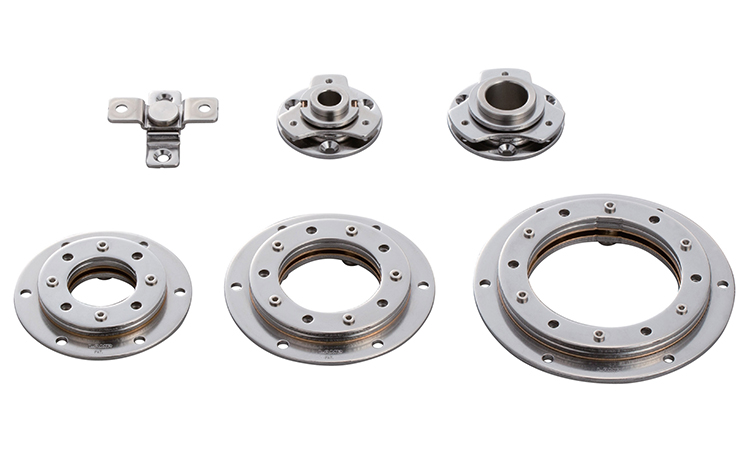Sugatsune introduces Swivel Torque Hinge HG-S for smooth…

4 technology trends that will define modern manufacturing in 2022 | ENGINEERING REVIEW |Manufacturing | Industrial Sector Magazine & Portal
Industry 4.0 has received a lot of attention because it allows manufacturers to use cutting-edge tools and technologies at every stage of the product lifecycle. Increasing operational visibility, reducing costs and manufacturing time and providing excellent customer service are made possible by Industry 4.0.
It’s time to move from Industry 4.0 and focus on what’s coming next in the industry, Industry 5.0. Human-machine collaboration is at the heart of the fifth industrial revolution, which builds on the fourth by emphasising technology to improve manufacturing methods. The commencement of the COVID-19 pandemic may have hastened the arrival of Industry 5.0.
There is little doubt that manufacturers must continue to embrace change to stay ahead of their competition and gain market share. One must take advantage of the most current technologies and trends to thrive.
The Internet of Things (IoT) is still the most significant thing globally.
This year, the Internet of Things (IoT) is again at the top of trend lists in the industrial business because of its adaptability and innovation.
Manufacturers may now use real-time data from the Internet of Things (IoT) to make data-driven strategic decisions and achieve a wide range of objectives, such as lowering costs, increasing efficiency, enhancing safety and creating new products. As per reports from the MPI Group, more than 30 per cent of manufacturing processes now include smart devices and embedded intelligence. According to the manufacturers surveyed, IoT will be integrated into 34 per cent of manufacturing processes and 32 per cent of goods.
Remote monitoring and predictive maintenance have re-ignited interest in the Internet of Things(IoT) in the wake of COVID-19. For manufacturers, the Internet of Things (IoT) allows the remote monitoring of equipment performance and identification of potential issues before a malfunction even occurs; for field service personnel, it means a better understanding of the problem and possible solutions before they even arrive at the site, allowing them to get in and out faster than before with improved efficiency and safety.
Touchless Service Model Supported by VR and AR
For field service departments, COVID-19 has proven to be a severe roadblock that prevents technicians from travelling to job locations to install equipment or perform repairs. Assistive technologies, such as augmented reality (AR) and virtual reality (VR) allow technicians to provide remote support via AR and VR-enabled devices to guide consumers through simple diagnostics and repairs, so that site visits are restricted.
It opens up numerous possibilities for businesses. A customer’s preference for having a technician do a repair on-site rather than exploring touchless service solutions was common in the past. COVID-19 has made it easier for manufacturers to test new processes and procedures to incorporate them in product design. Reducing exposure risks benefits both customers and field service specialists, while manufacturers gain from improving the reliability of their products.
3D printing speeds up and lowers the cost of production.
Additive manufacturing has relied on 3D printing for nearly four decades. Prototyping is a cost-effective approach for product designers to test and debug new goods. Manufacturers rely on 3D printing to generate items on demand rather than keep stocks.
Tools can now be made in 3D printing, a procedure that was previously prohibitively expensive and time-consuming. It took months for manufacturers to make the moulds, jig and fixtures essential for the mass manufacturing of heavy equipment, and many manufacturers relied on the support of tooling businesses based overseas. In recent years, 3D printing has become an integral part of the automotive and aerospace manufacturing industries because of its ability to produce tooling on-site in a matter of days.
Ways to improve the customer experience
In today’s marketplace, businesses must be prepared to interact with customers online and offline. The pandemic has forced manufacturers to reconsider their omnichannel strategy and communicate with their customers in new ways.
Manufacturers are rapidly implementing customer experience optimisation technology, such as product digitisation and customer master data management solutions. . Manufacturers will be able to cultivate long-term connections with customers using these customer-centric technologies throughout the product lifecycle. They can get significant consumer insight that will help them sustain their customers’ loyalties and generate income in the long run.









